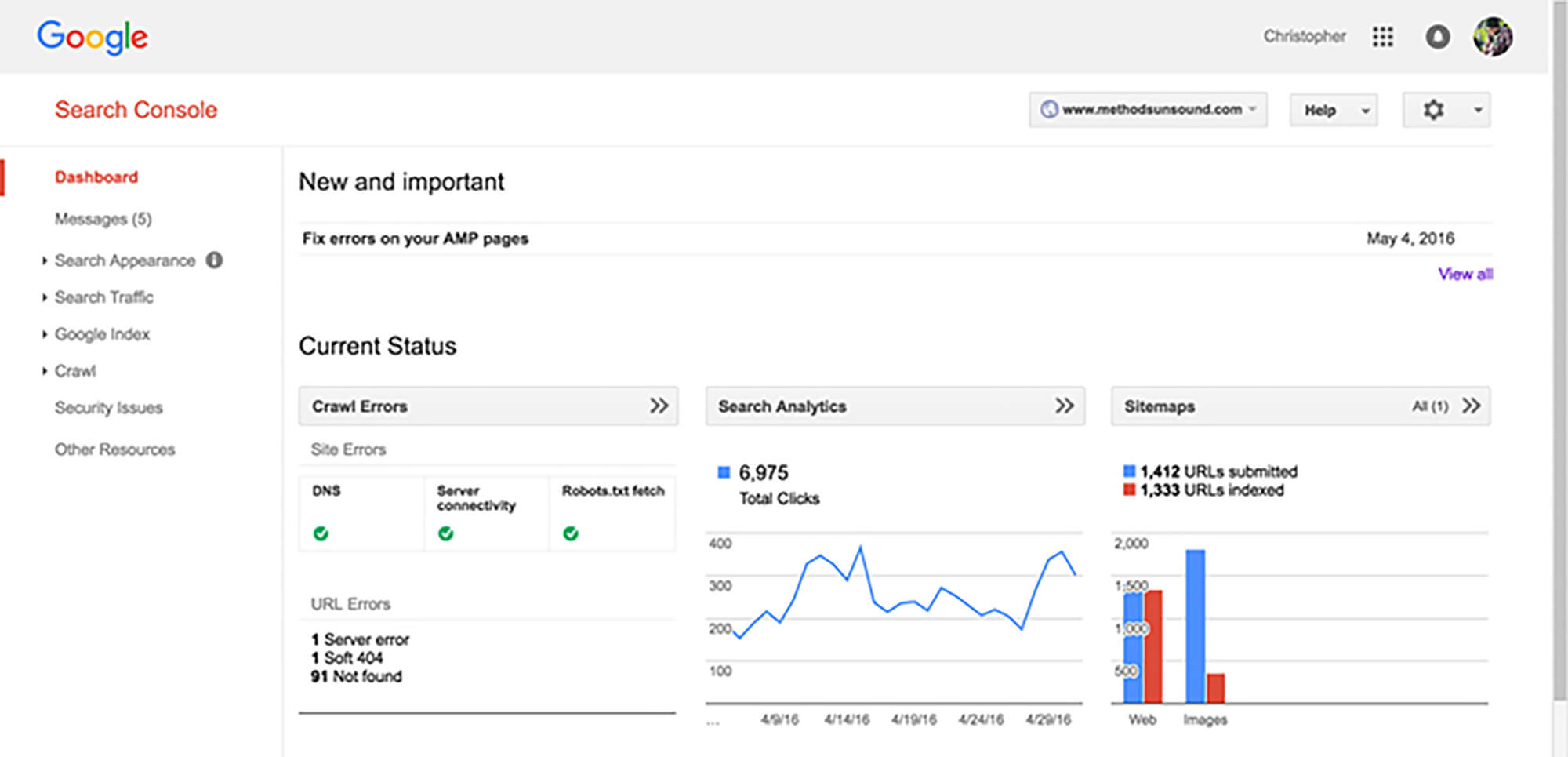
1. Mimicking Desktop Design
Pitfall: Simply shrinking your desktop site to fit a mobile screen.
Solution: Design with a mobile-first approach, ensuring interfaces are touch-friendly, and content is optimized for smaller screens.
2. Overloading with Content
Pitfall: Cluttering screens with too much information or too many features.
Solution: Streamline content, prioritize essential features, and use collapsible menus or tabs to save space.
3. Ignoring Load Times
Pitfall: Heavy graphics and scripts that slow down your site on mobile networks.
Solution: Optimize images, use content delivery networks (CDNs), and minimize scripts for speedy page loads.
4. Not Designing for Touch
Pitfall: Tiny buttons, close-together links, or complex gestures.
Solution: Design finger-friendly touch targets and use common, intuitive gestures.
5. Neglecting Testing Across Devices
Pitfall: Assuming your design looks and functions the same on all devices.
Solution: Test on a range of devices, screen sizes, and operating systems to ensure universal compatibility.
6. Forgetting About Landscape Mode
Pitfall: Designing solely for portrait mode.
Solution: Ensure layouts and functionalities adapt gracefully when users switch to landscape orientation.
7. Overusing Interstitials and Pop-ups
Pitfall: Interrupting user experience with excessive advertisements or prompts.
Solution: Use interstitials sparingly and ensure they’re easy to dismiss.
8. Inadequate Clickable Areas
Pitfall: Making links or buttons so small that they’re hard to tap accurately.
Solution: Ensure tap targets are adequately sized, with ample spacing between them.
9. Neglecting Accessibility
Pitfall: Overlooking users with disabilities.
Solution: Implement color contrast standards, provide text alternatives for images, and ensure interactive elements are accessible via screen readers.
10. Overcomplicating Forms
Pitfall: Long and confusing forms that frustrate users.
Solution: Keep forms concise, provide clear feedback, and use appropriate mobile input types for different fields.
In conclusion, designing for mobile is a unique challenge, rife with potential pitfalls. However, by being aware of these common mistakes and proactively addressing them, you can create mobile experiences that are not only beautiful but also user-friendly, efficient, and universally accessible. Always prioritize the user’s needs, and you’ll be on the path to mobile design success.








